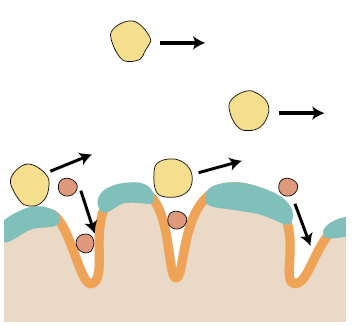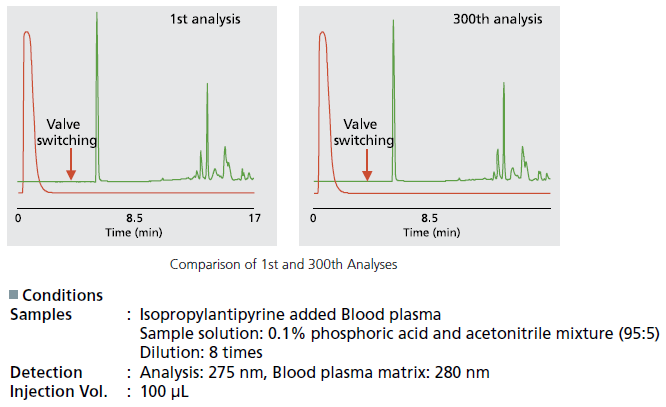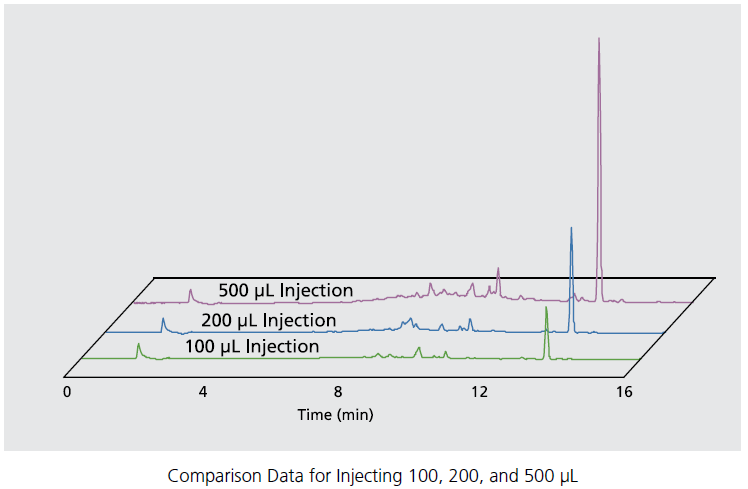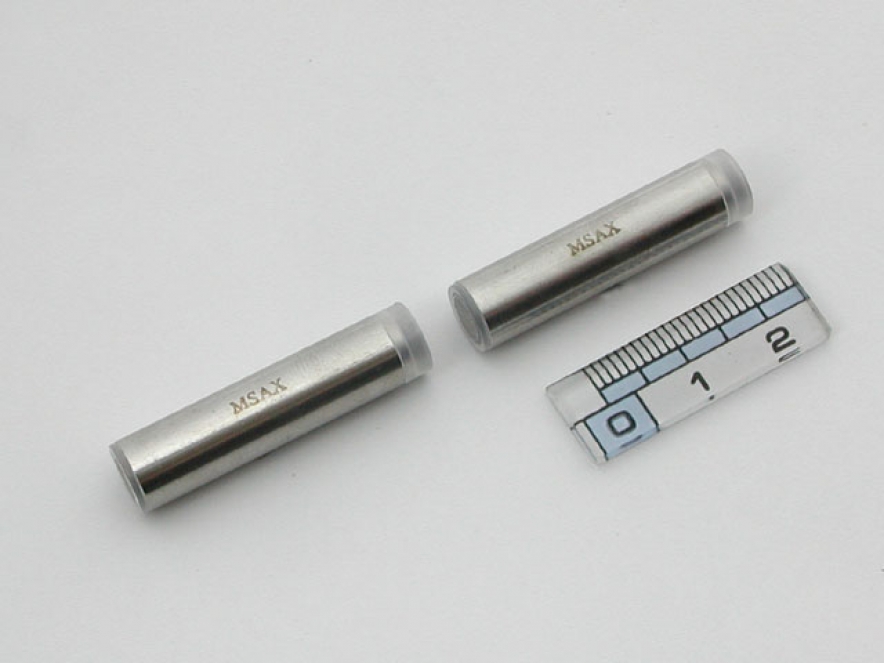Shim-pack MAYI-SAX(G)30X4.6 2P
Part Number: 228-45366-93
Particle size (µm): 50
ID (mm): 4.6
Length (mm): 30
Functional Group: Trimethylammonium
Mode: SAX
Type: Preparative columns
Pore size (nm): 12
PH: 2 - 7.5
Pressure Tolerance (MPa): 10
Related item: 228-34938-96
Pack size: 2
Column Name: MAYI-SAX
Guard Column: 228-34938-96
PH range: 2 - 7.5
Lead Time: 4 - 6 weeks
Due to optimized particle size and a newly developed coating technology, the MAYI series online pretreatment column is highly effective in deproteinization and offers long-term stability. It provides excellent reproducibility even for continuous analysis of multiple analytes.

How the Shim-pack MAYI Series Works

The outer surfaces of silica gel (50 μm) are coated with a hydrophilic polymer, so that only the interior of pores are chemically modified by octadecyl radicals (ODS). Since proteins and other macromolecules cannot enter the pores and are blocked by the hydrophilic polymer on the outer surfaces, they are quickly eluted without being retained by the ODS solid phase. In contrast, pharmaceuticals and other induced low molecular weight compounds penetrate the pores and are retained by the inner surfaces of the stationary phase.
Quick and Reliable Protein Removal
The newly developed hydrophilic polymer coating technology quickly and reliably removes macromolecules, such as protein, from injected biological samples to achieve high recovery rates for target components. In addition to securely protecting analytical columns and LC/MS interfaces, this also helps reduce the time required for finishing the analysis.
Outstanding Durability
Due to the polymer coating technology and particle size optimization, stable data can be obtained for long periods. The figure below shows results from 300 consecutive injections of 100 μL of blood plasma. No decrease in the deproteinization rate or degradation of peak shape was observed.

Stable Trap Even for Large Injection Volumes
The Shim-pack MAYI-ODS column provides stable component recovery rates and protein removal, even when injecting large volumes. Even when 500 μL of blood plasma was directly injected, a high recovery rate was obtained and no peak distortion was observed.











